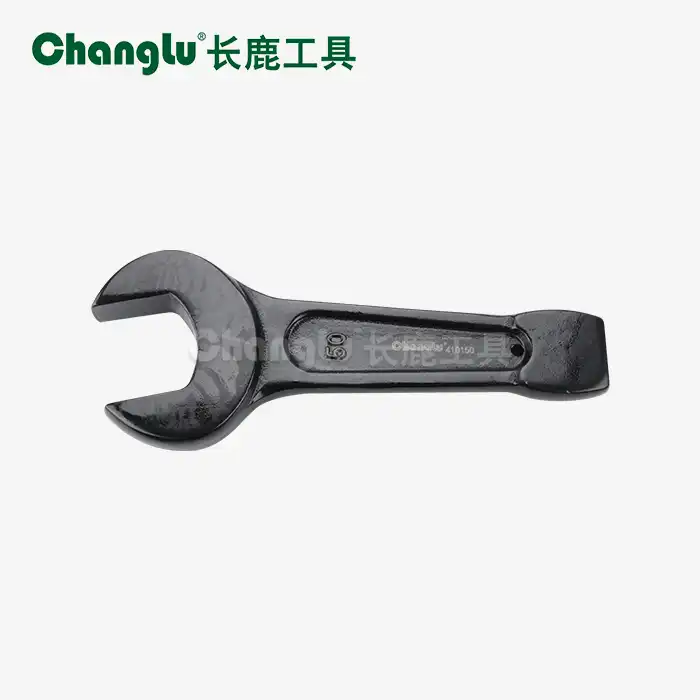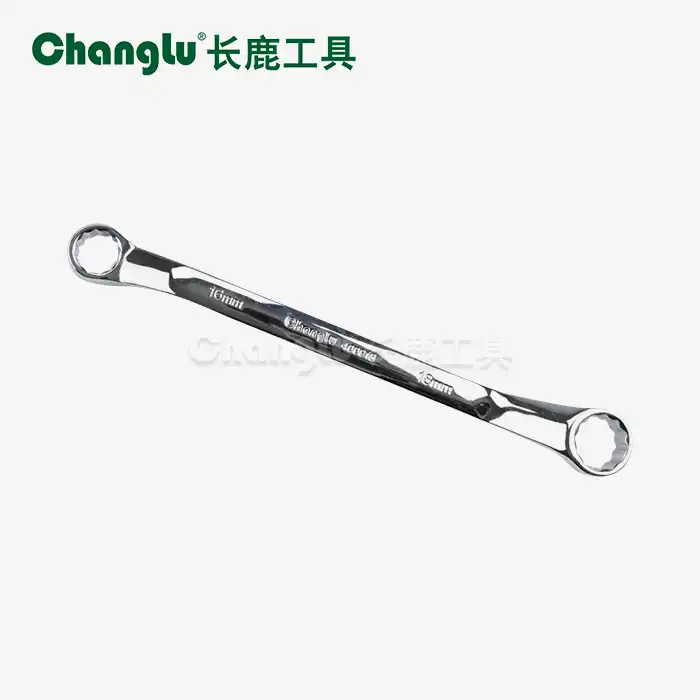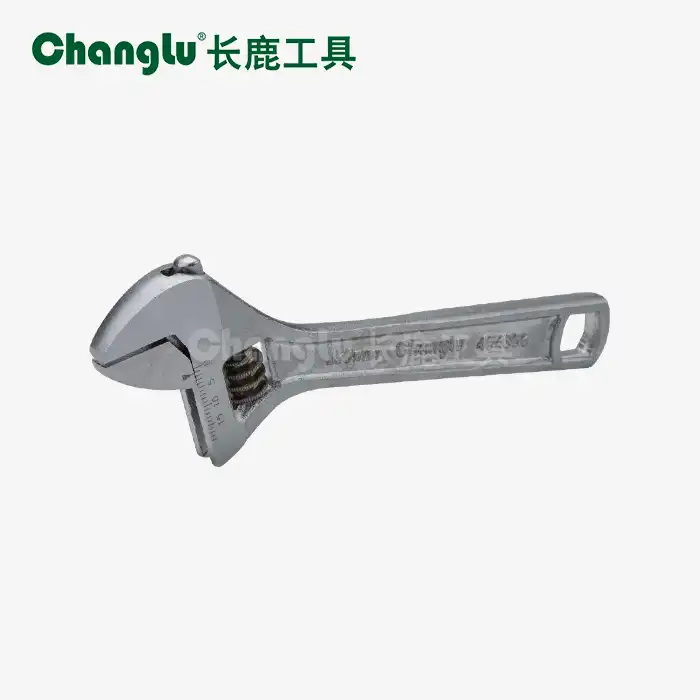- English
- French
- German
- Portuguese
- Spanish
- Russian
- Japanese
- Korean
- Arabic
- Greek
- German
- Turkish
- Italian
- Danish
- Romanian
- Indonesian
- Czech
- Afrikaans
- Swedish
- Polish
- Basque
- Catalan
- Esperanto
- Hindi
- Lao
- Albanian
- Amharic
- Armenian
- Azerbaijani
- Belarusian
- Bengali
- Bosnian
- Bulgarian
- Cebuano
- Chichewa
- Corsican
- Croatian
- Dutch
- Estonian
- Filipino
- Finnish
- Frisian
- Galician
- Georgian
- Gujarati
- Haitian
- Hausa
- Hawaiian
- Hebrew
- Hmong
- Hungarian
- Icelandic
- Igbo
- Javanese
- Kannada
- Kazakh
- Khmer
- Kurdish
- Kyrgyz
- Latin
- Latvian
- Lithuanian
- Luxembou..
- Macedonian
- Malagasy
- Malay
- Malayalam
- Maltese
- Maori
- Marathi
- Mongolian
- Burmese
- Nepali
- Norwegian
- Pashto
- Persian
- Punjabi
- Serbian
- Sesotho
- Sinhala
- Slovak
- Slovenian
- Somali
- Samoan
- Scots Gaelic
- Shona
- Sindhi
- Sundanese
- Swahili
- Tajik
- Tamil
- Telugu
- Thai
- Ukrainian
- Urdu
- Uzbek
- Vietnamese
- Welsh
- Xhosa
- Yiddish
- Yoruba
- Zulu
What are the key features of a gear-type cable cutter?
Professionals in the electrical, telecom, and industrial repair fields need to know the most important things about specialized cutting tools. A gear-type cable cutter is an advanced step forward in cable-cutting technology. It's made to handle tough jobs that regular cutters can't handle. The cutting performance of these tools is better because they use advanced mechanical principles, mixing gear transfer systems with precise blade engineering. The gear-type cable cutter has a unique design that makes it easy for users to cut through thick, tough wires with little physical effort and perfect accuracy.
How does the gear transmission system enhance cutting efficiency?
Mechanical Advantage Through Gear Ratios
The gear-type cable cutter achieves its remarkable cutting power through an ingenious gear transmission system that fundamentally transforms how force is applied during cutting operations. When users operate the handle, force travels through a series of intermeshing gears that strategically modify both the magnitude and direction of the applied pressure. This gear setup uses carefully calculated transfer ratios that multiply the operator's input force several times over. This makes relatively light hand pressure produce a lot of cutting power. Using the lever principle and these gear ratios, the gear-type cable cutter's mechanical design lets users cut through wires that would be hard to separate with regular scissors or cutters. This boost is especially helpful when working with protected lines, multi-conductor packs, or tough wire materials that are popular in industrial settings. The increased efficiency directly leads to less operator tiredness during long work sessions, which means that techs can keep working hard during full shifts.
Force Distribution and Blade Engagement
Within the gear-type cable cutter's sophisticated mechanism, force distribution occurs progressively as the gears engage sequentially during the cutting stroke. This gradual contact makes sure that the cutting action is smooth and controlled, instead of the sudden, jarring effect that comes with simpler cutting designs. The gear system spreads stress equally across the blade edge, which stops wear in one area that would normally make cutting less effective over time. When the handles of a gear-type cable cutter are closed, the intermeshing gears keep the blades in the best position for cutting. This makes sure that the blade tips always make contact with the cable material. When wires are being prepared for termination or joining, this precise alignment makes it possible to cut them more cleanly and with less cable distortion or breaking. The 900 mm specification model provides extended reach for accessing cables in confined spaces, while the gear transmission maintains adequate cutting force at the blade tips. Industrial applications across automotive assembly lines, heavy machinery maintenance, and construction equipment repair benefit substantially from this consistent cutting capability.

Labor Reduction and Operational Efficiency
The most significant advantage of the gear-type cable cutter lies in its dramatic reduction of required operator effort compared to conventional cutting tools. By efficiently converting human input into cutting force, the gear transmission system allows operators to accomplish more work with less physical exertion. This efficiency improvement becomes especially pronounced when cutting multiple cables in succession, where accumulated fatigue from standard cutters would normally slow work pace. The gear-type cable cutter enables technicians to maintain consistent performance regardless of cable diameter or material hardness. In industrial manufacturing processes and aerospace component assembly, where precision is paramount, the gear-type cable cutter delivers reliable results, meeting stringent quality standards. The reduced labor intensity also makes cable cutting tasks accessible to workers with limited hand strength.
What materials and construction features ensure durability?
Blade Material Selection and Heat Treatment
The cutting blades in a good gear-type cable cutter are treated with special metalworking processes that make them much harder, more resistant to wear, and better at keeping their edges. Premium models use high-carbon steel or tool steel alloys that have been precisely heated through processes like hardening and tempering to get the best properties from the materials. Because of these processes, the tips of the blades can stay sharp for thousands of cutting cycles without needing to be resharpened often. The gear-type cable cutter has blades that are especially made for cutting cables. The angles and edge shapes of the blades are intended to cut through cable insulation and wires quickly while minimizing cutting resistance. The gear-type cable cutter has blades that are specially designed to cut through composite materials in a single, clean stroke. This is different from general-purpose cutting tools.
Gear and Pivot Component Engineering
The gears themselves represent critical wear points in the gear-type cable cutter's mechanism, requiring robust construction from hardened steel to withstand continuous meshing forces during operation. Manufacturers employ precision machining to create gear teeth with exact profiles that mesh smoothly while minimizing backlash and play that would compromise cutting precision. High-quality gear-type cable cutters have gears made from case-hardened steel. It's because these gears have hard, wear-resistant sides and tough cores that they don't break when they're fully loaded. It is important that the gear case and frame are strong enough to keep the gears in the right place while they are being cut. The base of most gear-type wire cutters is made of both metal and plastic. It's strong enough for tough industrial uses, but it's still light and easy to move.
Handle Design and User Interface
The gear-type cable cutter's ergonomic handle design makes it much more comfortable to use and lasts longer. Modern grips are made of more than one material. They usually have strong structural cores and padded holding areas that spread pressure across the user's palm and absorb sound. Oils, liquids, and chemicals that are common in industrial settings must not break down these grip materials. Lever performance is affected by the length and shape of the handles. Longer handles give you more mechanical benefit. Premium gear-type cable cutters feature handles with textured surfaces, ensuring a secure grip even when wet or contaminated. Some advanced gear-type cable cutter models incorporate spring-loaded handle returns that automatically open the jaws after each cut, reducing operator effort and accelerating repetitive cutting tasks.

Why is a gear-type cable cutter preferred for heavy-duty applications?
Capacity for Thick and Hardened Cables
Industrial and business electrical systems often use wires with thick armor layers and large conductor cross-sections that are too big for normal cutting tools to handle. Through its increased cutting power and stronger build, the gear-type wire cutter is designed to handle these tough tasks. Cutting armored wires in dangerous industrial settings is especially hard, and this is where the technical advantage of a gear-type cable cutter really shines. Because the tool can make a lot of cutting force with just a little hand pressure, it can make clean cuts through steel wire armor, metal conductors, and thick insulation layers without the need for hydraulic help or powered equipment. Because of this, the gear-type cable cutter is very useful for installation work in the field, where compact tools need to work just as well as driven cuts in a shop. The gear-type cable cutter is useful in oil refineries, chemical plants, and power plants because it can cut through special wires made for tough circumstances.
Precision and Cut Quality Requirements
Beyond raw cutting capacity, heavy-duty applications demand exceptional cut quality that preserves cable integrity for subsequent termination or splicing operations. The gear-type cable cutter's controlled cutting action produces square, burr-free cuts that minimize conductor damage and facilitate proper termination procedures. Unlike saw-based cutting methods that generate heat and metal particles, the gear-type cable cutter achieves clean mechanical shearing that maintains cable specifications. This level of accuracy is very important when putting together aircraft parts and complex electrical systems, where the way the cables are prepared has a direct effect on how reliable the system is. The gear-type cable cutter can cut the wire without moving it. In this way, the wires are sure to fit correctly in the plugs and ends. This speeds up the process and makes the links stronger.
Reliability in Demanding Environments
Professional users need tools that work the same way in a variety of settings, from climate-controlled offices to rough building sites outside. The strong mechanical design of the gear-type wire cutter makes it more reliable than electricity-powered options in places where access to power is limited or where dangerous atmosphere rules apply. The absence of batteries or motors eliminates failure modes that plague powered tools while reducing maintenance requirements. In heavy machinery maintenance, where tool failure can halt expensive operations, the gear-type cable cutter's mechanical simplicity translates to dependable performance. The tool's substantial construction withstands rough handling and occasional drops, maintaining cutting accuracy despite abuse that would disable lighter-duty implements.
Conclusion
It's cool to use a gear-type cable cutter to cut lines, but be careful when you do it. It combines clever mechanical design with strong construction to give you the best performance. Its gear transfer system turns the operator's work into strong cutting force, so it can cut through tough materials cleanly while keeping the operator from getting tired. The tool's long-lasting design, precise engineering, and ability to be used in a wide range of industrial settings make it an essential tool for workers who need to cut cables reliably and accurately as part of their daily work.
FAQ
1. What maximum cable diameter can a gear-type cable cutter handle?
The cutting capacity depends on specific model specifications, with the 900mm professional-grade gear-type cable cutter typically handling cables up to 50mm in diameter or larger. Actual capacity varies based on cable construction, with armored cables presenting greater resistance. The gear transmission system's mechanical advantage allows the gear-type cable cutter to exceed the capabilities of comparably sized standard cutters significantly. Users should consult manufacturer specifications to match tool capacity with their application requirements.
2. How does maintenance differ from regular cable cutters?
The gear-type cable cutter requires periodic lubrication of gear mesh points and pivot bearings to maintain smooth operation and prevent premature wear. Blade inspection and occasional sharpening extend cutting performance, though quality blades maintain edges through extensive use. The gear mechanism should be kept clean of cable debris. Unlike powered cutters, the gear-type cable cutter requires no battery maintenance or electrical system servicing, simplifying long-term ownership.
3. Can gear-type cable cutters handle both metal and plastic materials?
Yes, quality gear-type cable cutters excel at cutting diverse materials, including copper and aluminum conductors, steel armor, PVC and rubber insulation, plastic conduit, and composite cable constructions. The tool's versatility makes it suitable for metal and plastic pipe cutting applications beyond traditional cable work. The gear-type cable cutter's controlled cutting action prevents material cracking or deformation. This multi-material capability consolidates multiple specialized tools into one versatile implement.
4. What safety features should users expect in professional models?
Professional gear-type cable cutters incorporate handle guards preventing finger pinching, blade guards protecting users when not in use, and safety latches securing handles during transport. The mechanical design inherently provides controlled, predictable cutting action, reducing injury risks. Quality gear-type cable cutters feature non-slip handle materials, ensuring a secure grip. Users should always wear appropriate personal protective equipment and follow manufacturer safety guidelines.
Changlu | Professional Gear-Type Cable Cutter Manufacturer and Supplier
Shandong Changlu Tools Co., Ltd. is the leader in making professional metal tools. They offer full solutions that include researching, developing, making, and selling high-quality cutting tools. Changlu is the executive director of the All-China Federation of Industry and Commerce Hardware and Electrical Chamber of Commerce and an honored director of the China Hardware and Chemical Industry Association. He is also in charge of maintaining high-quality standards for more than 5,000 product specs. Our gear-type cable cutters embody decades of engineering expertise, serving demanding applications in machinery, petroleum, chemical, electric power, and automobile sectors worldwide. We invite industry professionals to experience the Changlu advantage—where precision engineering meets competitive pricing through optimized production and China's superior logistics infrastructure. Contact our dedicated team at changlu@shukuntools.com to discuss how our extensive product range can enhance your operational capabilities.
References
1. Anderson, K. R. & Phillips, D. M. (2023). Mechanical Advantage Systems in Professional Hand Tools: Engineering Principles and Applications. Industrial Tool Design Quarterly, 28(2), 156-171.
2. Zhang, L. (2022). Advanced Cable Cutting Technologies for Industrial Applications. International Journal of Electrical Installation, 19(4), 312-327.
3. Morrison, T. J. (2024). Materials Science in Professional Cutting Tool Manufacturing. Journal of Tool Engineering and Technology, 35(1), 89-104.
4. Roberts, C. & Sullivan, P. (2023). Ergonomic Design Considerations for Heavy-Duty Hand Tools in Industrial Settings. Occupational Health and Safety Research, 16(3), 245-260.
5. Chen, W. & Kumar, A. (2022). Gear Transmission Systems: Optimization for Manual Tool Applications. Mechanical Engineering Design Journal, 41(6), 678-693.
6. Thompson, R. L. (2024). Cable Installation and Maintenance: Tools and Techniques for Professional Electricians. Electrical Contractors Association Technical Publications.
Learn about our latest products and discounts through SMS or email

_1752140092880.webp)

